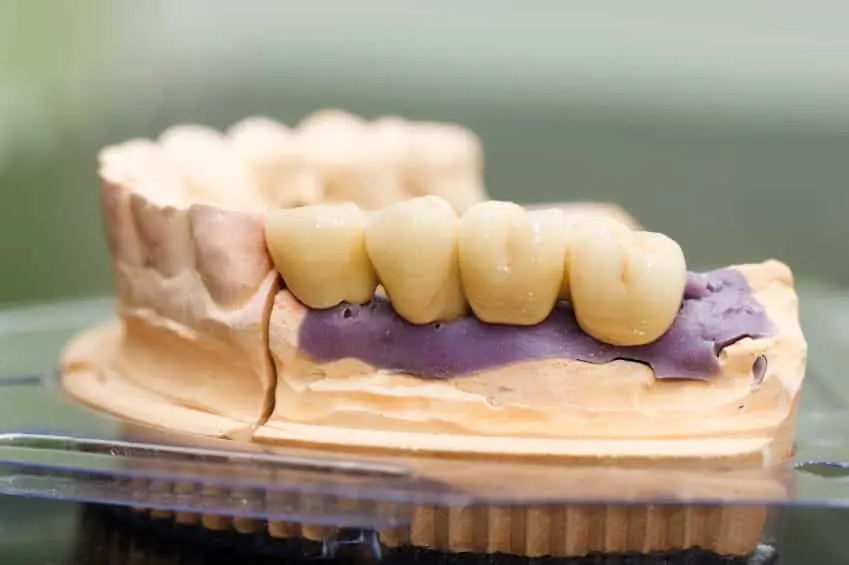Porcelain crowns cover large openings in a tooth to ensure your smile functions like normal. Unlike metal-colored crowns that shine in the light, these are made of special materials that blend with the colors of your teeth. If you need a crown for a root canal, a large filling, or other damage correction in your mouth, porcelain is the ideal material to use. Let’s take a closer look at how porcelain crowns work so you can determine if they are right for you.
What Are Porcelain Crowns?
In cosmetic and restorative dentistry, a crown is a cover that goes over an opening in a tooth. This is used to make sure that the surface of the tooth matches its original shape, and it strengthens the tooth beyond what a filling may provide.
There are many types of crowns to choose from, but porcelain are the most common. These dental restorations are tooth colored, so they blend in with the rest of the teeth in your mouth. They are designed for maximum durability, though some patients do need to have them replaced over time.
Why Patients Get Porcelain Crowns:
- Cosmetic Improvements
- Correct Broken Or Fractured Teeth
- Cover Fractured Fillings
- Protect Large Fillings
- Cover Root Canals
- Fix Decayed Teeth
How Are Porcelain Crowns Installed?
Porcelain crowns are usually installed in two appointments. The first appointment is used to create molds of your teeth so the dentist can develop a custom crown just for you. One mold is used to create a temporary crown, which you will wear for roughly two weeks. After that, your new, permanent crown will be made to match the impressions from the first appointment.
A dentist will numb the area receiving the crown and then remove any decay on the tooth. Then he will shape the surface so that the crown fits into place. The dentist places the temporary crown with dental cement and then asks you to bite down to ensure it is secured properly.
During your second appointment, the dentist will remove the temporary crown and re-clean your teeth. Then he will put your new crown in place. At the end of that appointment, your dentist will tell you how to properly care for your new crown at home. You can discuss future appointments with him at that time.











